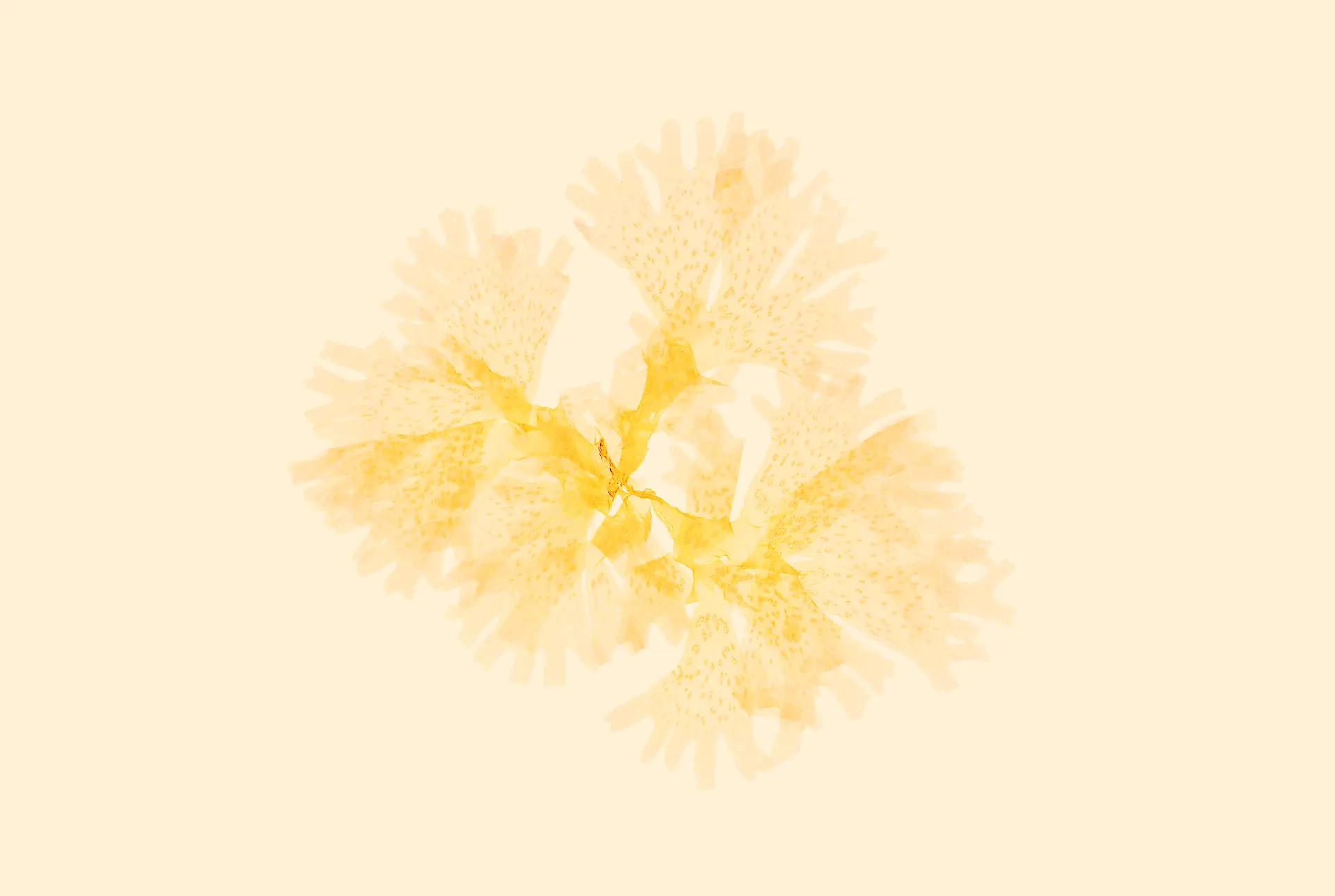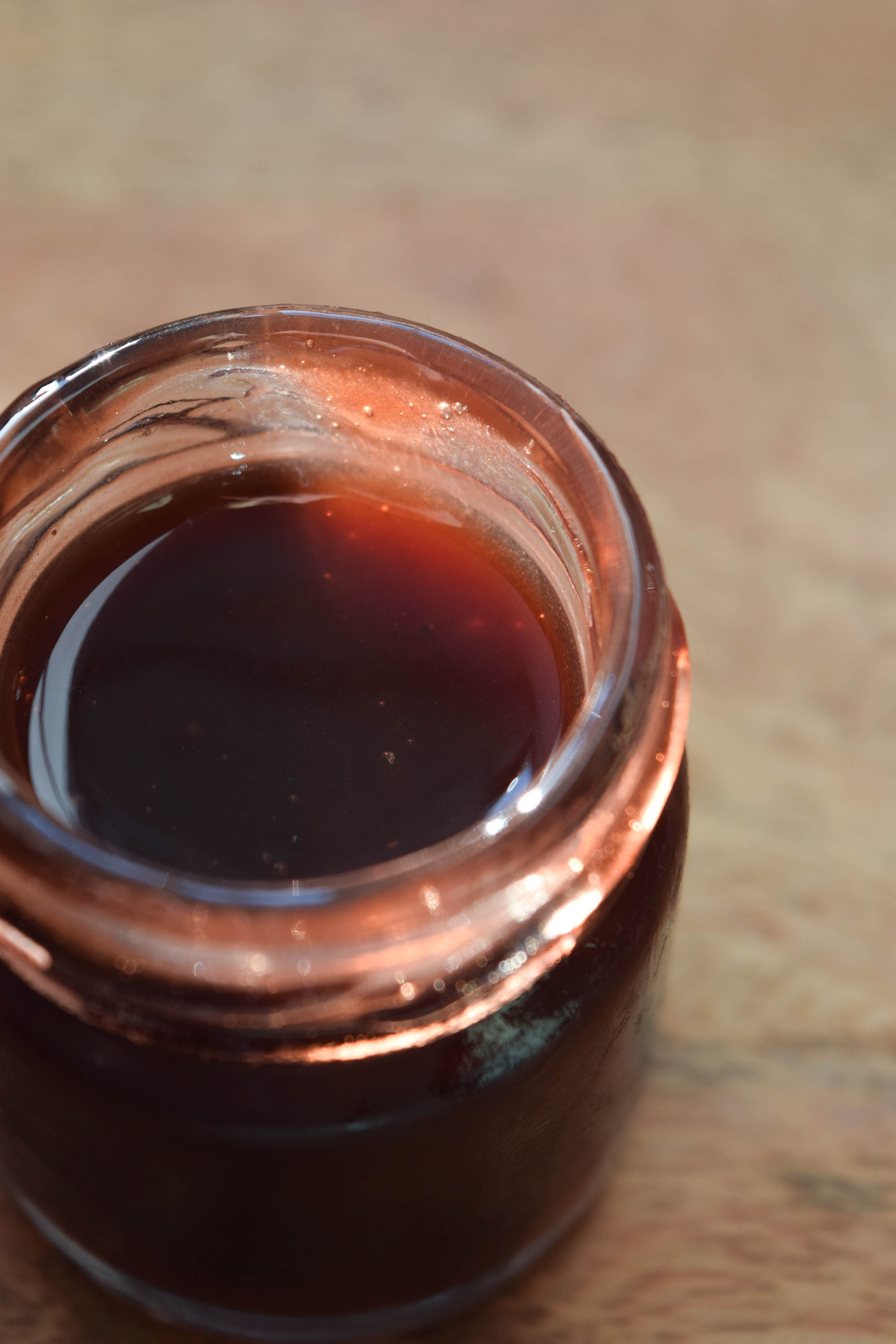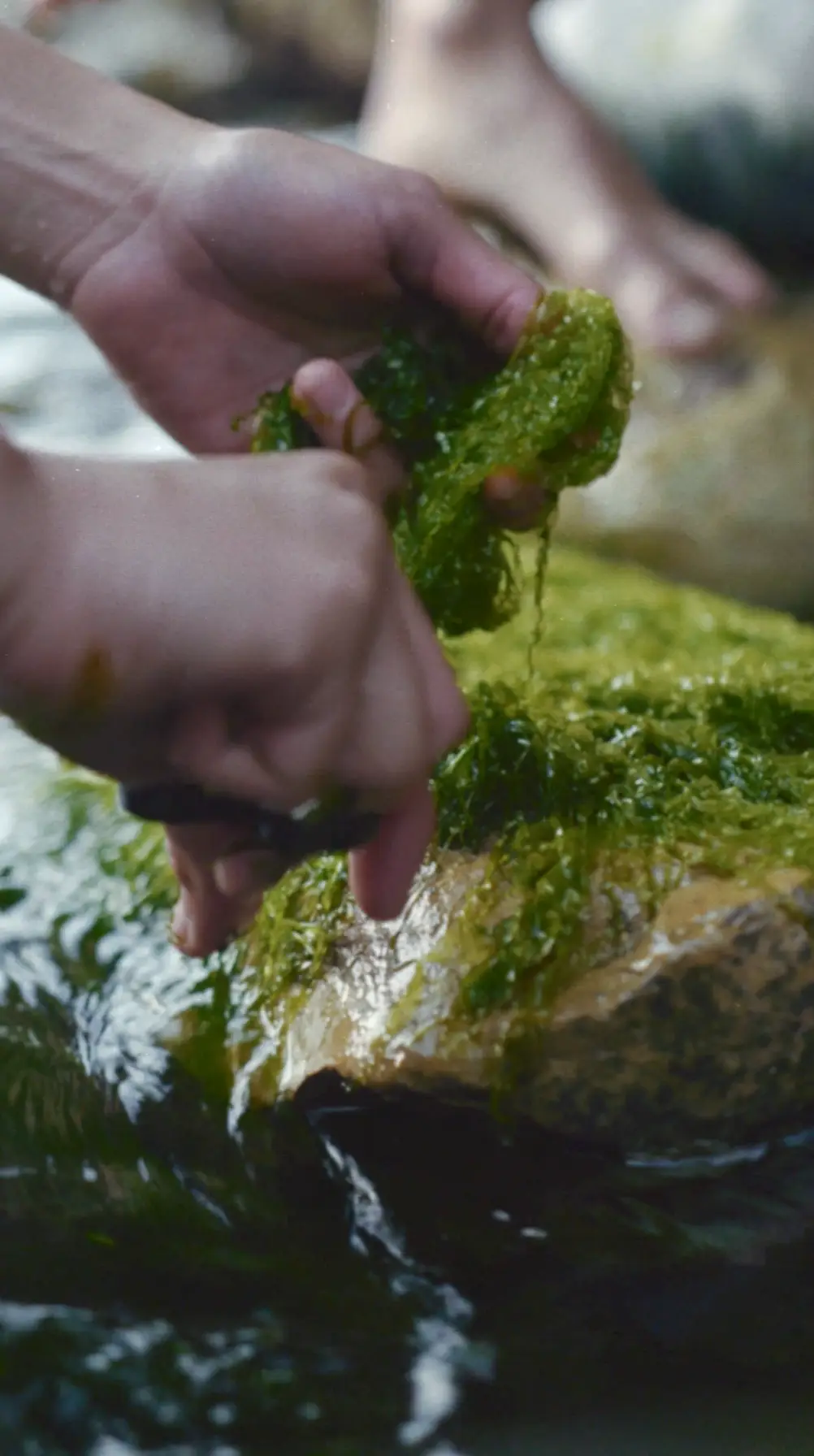Revealing the hidden power of seaweed
We are on a mission to de-mystify the benefits of seaweed by developing transparent food and skincare products and sharing our knoweldge through talks and workshops.
We harvest, process and create
We harvest, process and make all our skincare products in house. This allows is to have close and careful control over what and when we harvest, ensuring the seaweed we use is always fresh. Pollution is an important consideration. However, knowing when and where to harvest seaweed can mitigate this. We have permission to harvest seaweed from clean waters along the Dorset coast.
Why did we fall for seaweed?
Initially we were drawn to create at multi-disciplinary brand about seaweed, everything from fabrics to foods. We've since specialised in skincare, food and workshops to better understand the symbiotic human connection with seaweed.
We wild harvest our seaweed from the intertidal zone (which is the area between mean low and high tide) across a few sites in Dorset.
Yes. We ensure our methods are sustainable by following Natural Englands code of conduct when it comes to hand harvesting seaweeds. We use sharp scissors to cut off the top third of the blade from the seaweed, making sure the holdfast (root-like structure) is still attached. Cutting the top third ensures the seaweeds can continue to grow and develop new blades from the tips. Read more on our sustainability page.
Seaweed has been used to heal skin issues for centuries because of its soothing properties (seaweed baths).The vitamins and minerals, alongside amino acids and proteins contained in seaweed can be directly absorbed by our largest organ – the skin. Seaweed, especially brown seaweed, has an incredible water-holding capacity essentially keeping skin moisturised. It’s basically the property that seaweed had to build to stay alive in the intertidal zone. Seaweed can go from crisp-dry during the low tide, to nicely plump and fresh when it’s back in the water. The jelly-like substance that seaweed produces is soothing and our skincare has been developed after applying it in its raw form on breakouts, and dry, irritated patches on the face.
No, it shouldn't. The carrier oil for our seaweed infusion is organic Jojoba oil. Jojoba oil is basically a liquid wax which has a very similar chemical structure to Sebum – the oil naturally produced by our skin. That means when you apply Jojoba oil to you skin, it should manage sebum production (greasy skin) and moisturise without clogging pores or stripping the skin’s natural oils.

Testimonials
What people are saying
Articles, recipes and seaweed info
Seaweed stories
We are mad about all things seaweed. Visit our blog section to learn more about the what, how and why's behind our fascination with our ancenstral algae.

Sign up to our newsletter
We share stories, films and information about our business and other sea-based initiatives.





